Considered "green gold" with an output of more than 1 million tons per year, Vietnamese tea has been exported to more than 100 markets but has the cheapest selling price in the world .
Vietnam currently ranks 5th in the world in tea exports, with products exported to more than 100 countries and territories. However, the average export price of our country's tea is currently only about 65% of the world average and only 55% of the average price of tea exported from India and Sri Lanka.
The reason is that most of Vietnam's exported tea is raw, unprocessed, simply packaged, lacking clear labels and brands.
At the Forum on connecting production and consumption of high-quality tea, on the morning of November 5, Mr. Nguyen Quoc Manh - Deputy Director of the Department of Crop Production (Ministry of Agriculture and Rural Development) said that tea output reached 1 million tons in 2015 and increased to 1.13 million tons in 2023, although the area tends to decrease slightly.
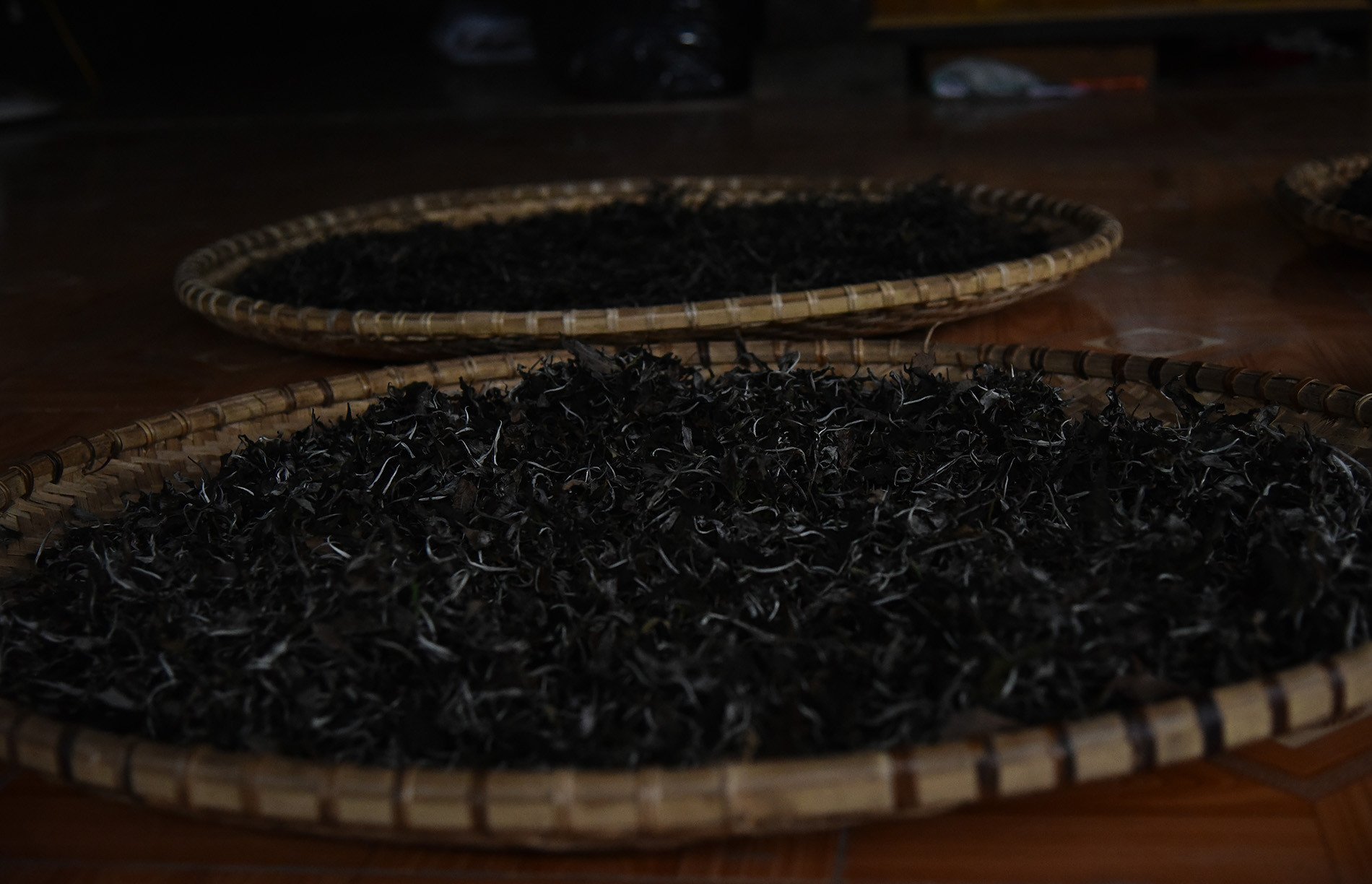
To date, Vietnam has processed about 15 different types of tea, with the main products being black tea and green tea. However, the value of our country's tea products is still low, only 70-75% compared to similar products on the world market.
Therefore, our country's tea export turnover is still quite low, with only 237 million USD in 2022, domestic consumption reaching a value of about 7,500 billion VND - equivalent to 325 million USD.
“The amount of tea consumed domestically is only one-third of the volume of tea exported, but the value of domestic consumption is higher,” said Mr. Manh, raising the issue of how to increase export value as a challenge for the Vietnamese tea industry in the coming time.
Nghe An is the province with the third largest tea area in the country with 8,000 hectares, fresh tea bud output of nearly 80,000 tons/year. However, Ms. Vo Thi Nhung - Deputy Director of Nghe An Department of Agriculture and Rural Development, admitted that the value of tea trees in the province is quite inferior to other localities.
For example, the price of fresh tea buds in Thai Nguyen, Phu Tho, Lam Dong is up to 15,000-20,000 VND/kg, while in Nghe An the price is only 6,000 VND/kg, at times only 2,000-3,000 VND/kg.
“Tea producing localities all hope that the Ministry of Agriculture and Rural Development will join them on a big ship, carrying Vietnam's national treasure of tea to the world,” said Ms. Nhung, hoping that this “ship” will go further and further, bringing practical benefits to the people.
Mr. Ha Trong Hai - Vice Chairman of Lai Chau Provincial People's Committee also admitted that the local tea industry still has many limitations and weaknesses. The production area of VietGAP, GlobalGAP, RA, organic... is still small. Processing facilities are small-scale, processed tea products are mainly raw, designs are not diverse, and competitiveness is low...
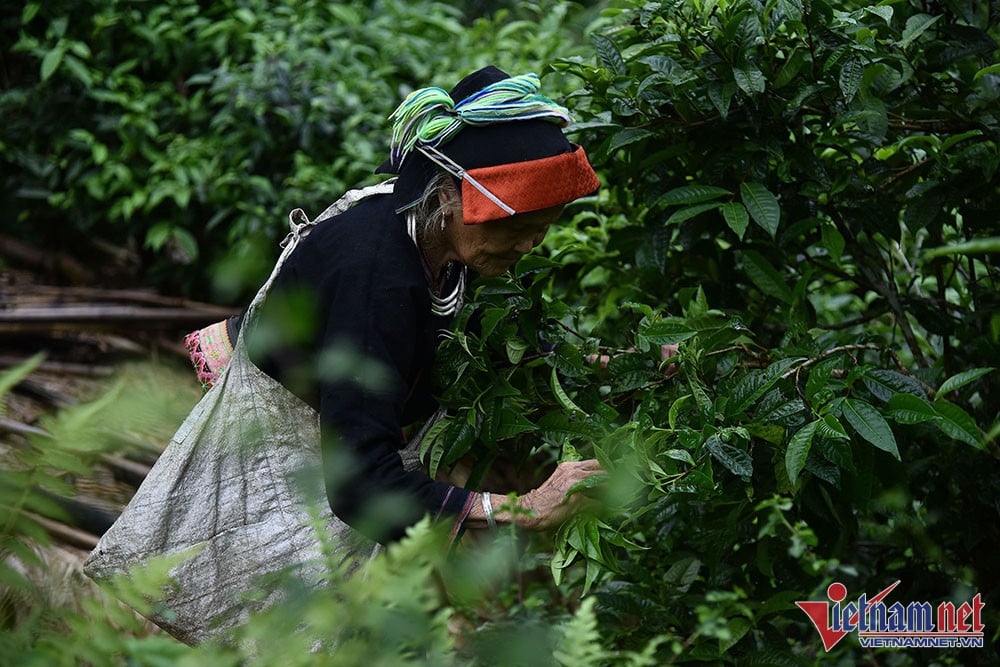
According to Mr. Hoang Vinh Long - Chairman of the Vietnam Tea Association, the world sees the Vietnamese tea market as cheap and seeks profits here. Meanwhile, tea producers are in a situation where it is easy to buy and easy to sell, so they do not polish or innovate themselves but only focus on production to reach immediate purchase and sale agreements. That is the reason why Vietnamese tea easily falls into the world's "cheap price trap".
Mr. Long commented that we are doing very well in the domestic consumption sector. In Thai Nguyen, Ha Giang, Son La provinces, there is a type of tea that sells for the lowest average price of 7 USD/kg, but there is also a type of tea that sells for more than 20 USD/kg.
However, many small, patchwork factories are falling into the cheap price trap due to a long period of lack of innovation, so they continue to buy cheap tea buds. It is necessary to overcome this situation by focusing on linking businesses, cooperatives, farmers, and local authorities, abandoning the mindset of "drowning prices" and fragmenting the market.
Mr. Doan Anh Tuan - Director of The He Moi Company Limited said that in the current period, tea producers, processors and traders need to change their mindset, saying no to unauthorized plant protection chemicals. In particular, production thinking is linked to market demand.
"Tea trees are no longer a poverty-reducing tree but have truly become a tree that makes people rich," said Mr. Tuan.
Mr. Tuan said the company plans to develop products such as eco-tourism in tea growing areas because it believes Vietnam has many unique and sophisticated products that are capable of being elevated to national treasure status with higher value.
Looking back at the development of the tea industry in recent years, former Deputy Minister of Agriculture and Rural Development Le Quoc Doanh said that tea plants have developed greatly, especially in the last 2 years.
However, there are still some problems that the tea industry is facing, such as the price that people receive from selling tea trees is very low, averaging only about 6,000 VND/kg of tea buds. Meanwhile, the selling price of fruit trees, coffee, etc. is gradually increasing. This is an issue that needs to be considered.
He raised the question, tea is a traditional crop and has been thoroughly subsidized in terms of businesses and output, so is this the reason for "fear of innovation"?
There are some bright spots, but with the same variety structure, why are there big differences in tea productivity and selling prices in different regions? This story needs to be clarified to consider the next steps of development, Mr. Le Quoc Doanh suggested.

Source: https://vietnamnet.vn/viet-nam-co-hon-1-trieu-tan-vang-xanh-moi-nam-gia-ban-re-nhat-the-gioi-2338896.html






![[Photo] Prime Minister Pham Minh Chinh and Prime Minister of the Kingdom of Thailand Paetongtarn Shinawatra attend the Vietnam-Thailand Business Forum 2025](https://vphoto.vietnam.vn/thumb/1200x675/vietnam/resource/IMAGE/2025/5/16/1cdfce54d25c48a68ae6fb9204f2171a)



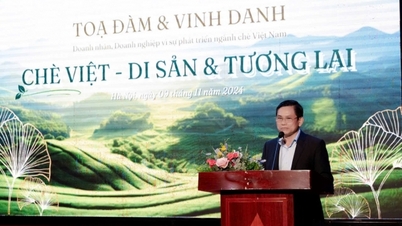

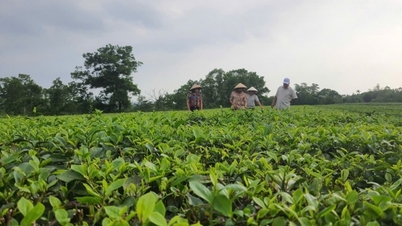

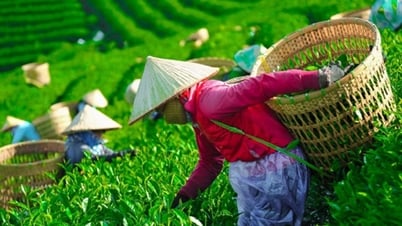


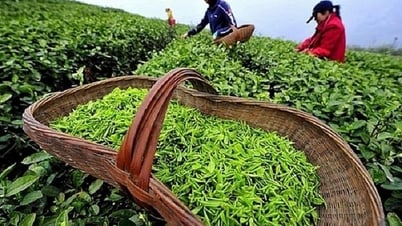
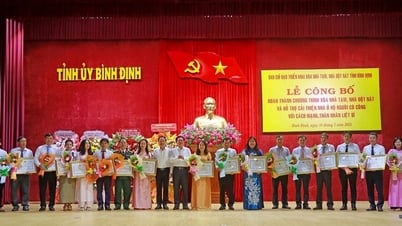

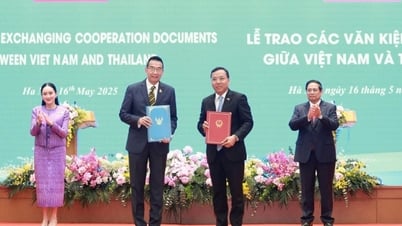
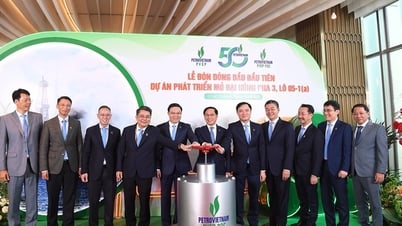



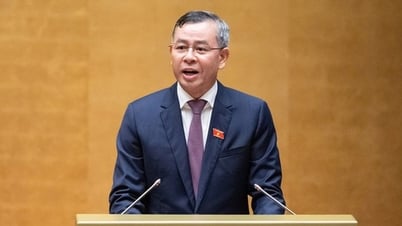










![[Photo] President Luong Cuong receives Prime Minister of the Kingdom of Thailand Paetongtarn Shinawatra](https://vphoto.vietnam.vn/thumb/1200x675/vietnam/resource/IMAGE/2025/5/16/52c73b27198a4e12bd6a903d1c218846)













































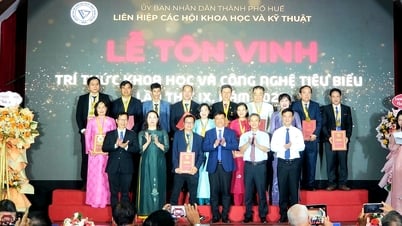

















Comment (0)